Highlining Lone Peak
November 30, 2020
On Thursday, June 18th, 2020, Jacob Pawlak, Brian Stewart and I set out to rig a highline between the summits of Lone Peak, an athletic feat that had never been done before. From the start of Jacob’s Latter Trailhead, Lone Peak is a grueling 5.6-mile hike with 5,603 feet of elevation gain and a summit of 11,260 feet. The fitness required for the project was intimidating, and so was the prospective highline.
As planned, we managed to fit this trip into the time span of a single day. Jake, Brian and I started hiking at 5 a.m., summited around noon, had the line up by 2 p.m., and we did not return until 11 p.m. that night. We carried 66 pounds of webbing and anchor material — excluding the weight of our food, layers and water.
No one had ever dared to rig a highline at Lone Peak, let alone between the summits, and we all knew that walking a one-inch wide piece of webbing at such a high elevation was not go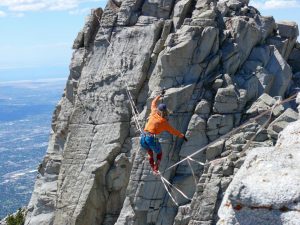 ing to be easy. With quartz rock fields and snow 600 feet below, climbers on walls below us and an astonishing view of the entire Wasatch, it all felt like a dream. I could not fully grasp the magnitude of what we were doing until I stood up on the line and took my first couple of steps. The inescapable fear of heights, the uncertainty about the anchors we had built and the breath-taking elevation all hit me at once — this wasn’t a dream. My body naturally assumed that if I fell, I would hit those beautiful rocks beneath me and die instantly. Of course, this was not the case. Rather, I had followed the standard procedure for all highlines — I was leashed into a rope that I had tied to my climbing harness with a ring around it which encompassed the line. So if I were to fall, the line would catch me for as long as our anchors held.
ing to be easy. With quartz rock fields and snow 600 feet below, climbers on walls below us and an astonishing view of the entire Wasatch, it all felt like a dream. I could not fully grasp the magnitude of what we were doing until I stood up on the line and took my first couple of steps. The inescapable fear of heights, the uncertainty about the anchors we had built and the breath-taking elevation all hit me at once — this wasn’t a dream. My body naturally assumed that if I fell, I would hit those beautiful rocks beneath me and die instantly. Of course, this was not the case. Rather, I had followed the standard procedure for all highlines — I was leashed into a rope that I had tied to my climbing harness with a ring around it which encompassed the line. So if I were to fall, the line would catch me for as long as our anchors held.
I went into the void with my body trembling. I tried my best to embrace the exposure, breathe, stand up and controllably place one foot in front of the other. There are moments in highlining where everything clicks and you find yourself completely present walking with the line, and there are moments when you are thinking too hard, fearing the worst-case scenarios and fighting the line. When everything began to click for me, I was able to calmly hold my balance. I was completely focused and attuned to every minute motion of my body. I was walking with the line and I felt as light as air itself.
The weeks prior to this project, I had been having the same dream multiple nights in a row. I was walking a highline in the clouds with no sight of where I was — I just saw white clouds and blue skies. It was a satisfying dream that I pondered for a while afterward.
When I stood up and began walking on the line, my surroundings were as clear as could be, but as I continued to walk, the clouds started to roll over and I found myself walking through them. I was walking in the clouds — I was really living my dream. I began to shed a tear and was soon walking and crying tears of joy at the same time. The moment was short-lived since the clouds passed by, but from that point forward, I could tell myself that my dream had materialized and that I really did walk inside a cloud.
When I got off the line, I thanked Jake and Brian for making it all possible and for sharing such a profound experience with me. It took an extremely coordinated team to pull off such a ridiculous stunt in just one day.
This highline was 85 meters long — 280 feet — with direct exposure, or distance from line to ground of 195 meters — 640 feet. At 11,260 feet of elevation, it was the highest elevation highline in all of Utah. We rigged the anchors naturally — no bolts — just ropes, cams and boulder wraps, and immediately took the line down after walking it, since leaving no trace on the beautiful towers of Lone Peak was crucial to the integrity of the project.
As the first people to ever rig, establish and cross this gap, we had the honors of collectively naming it “Lonesome,” a name which felt fitting to the conditions and environment we were surrounded by. This project stands out as one of the very few alpine highlines rigged in the U.S., and we are proud to say we did it 100% human-powered.

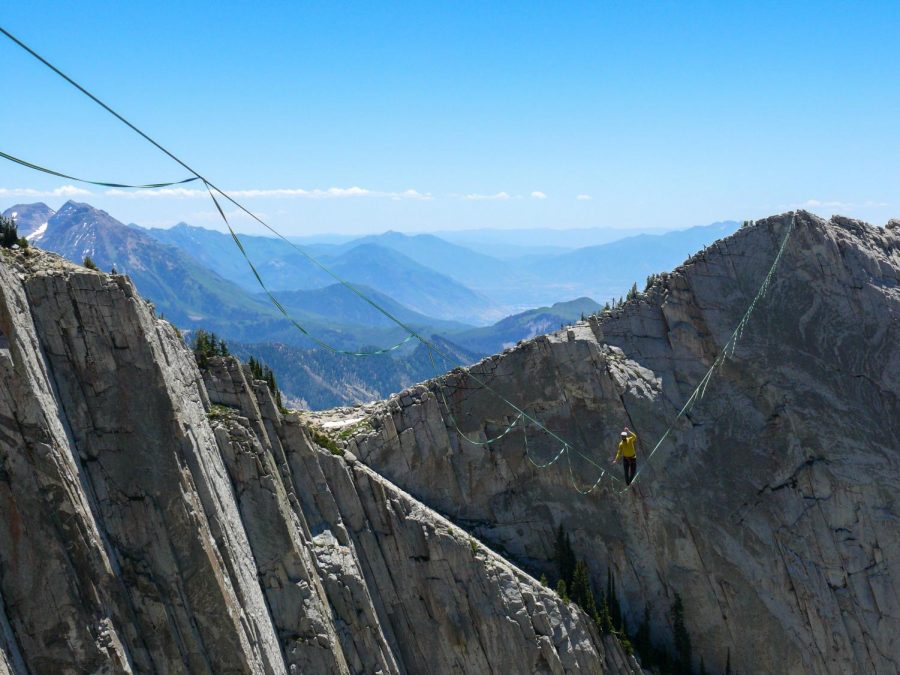



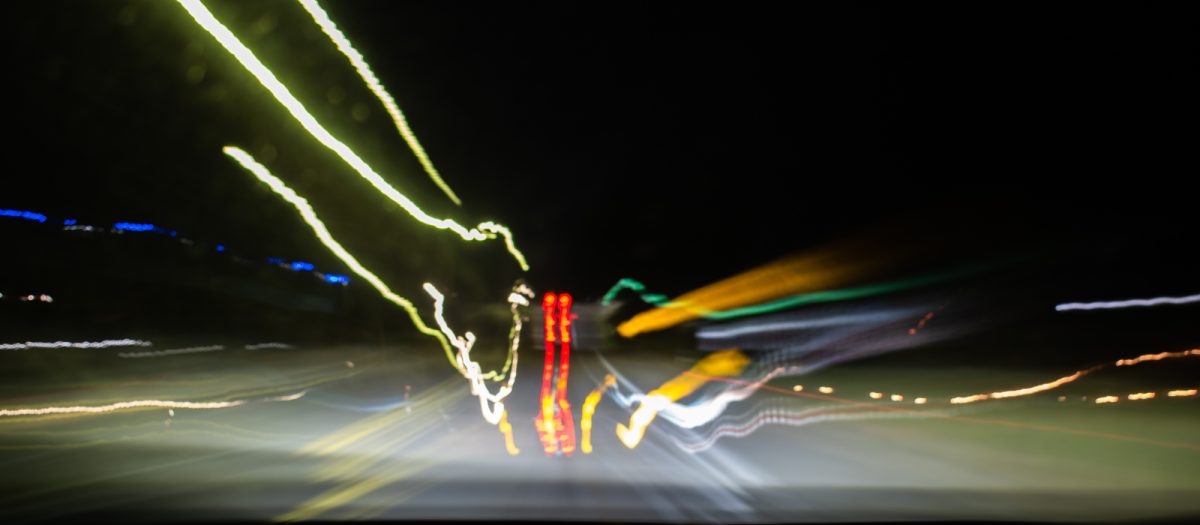
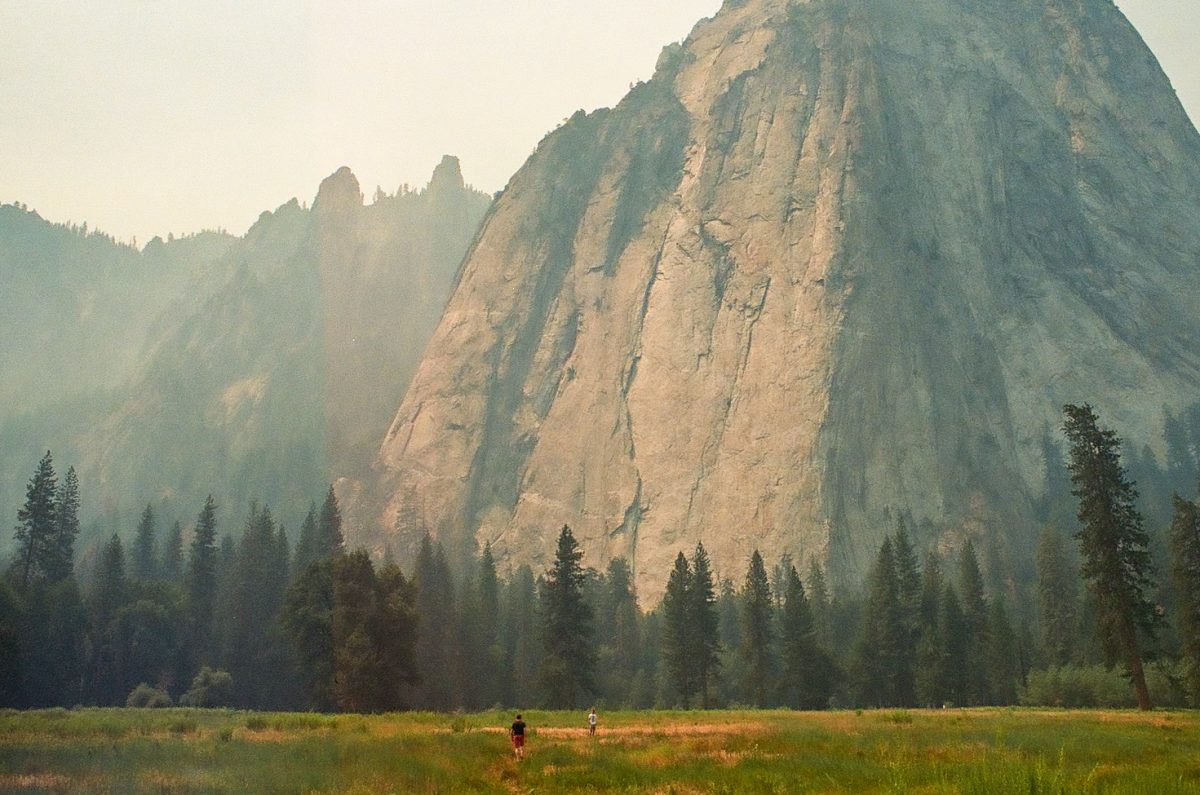
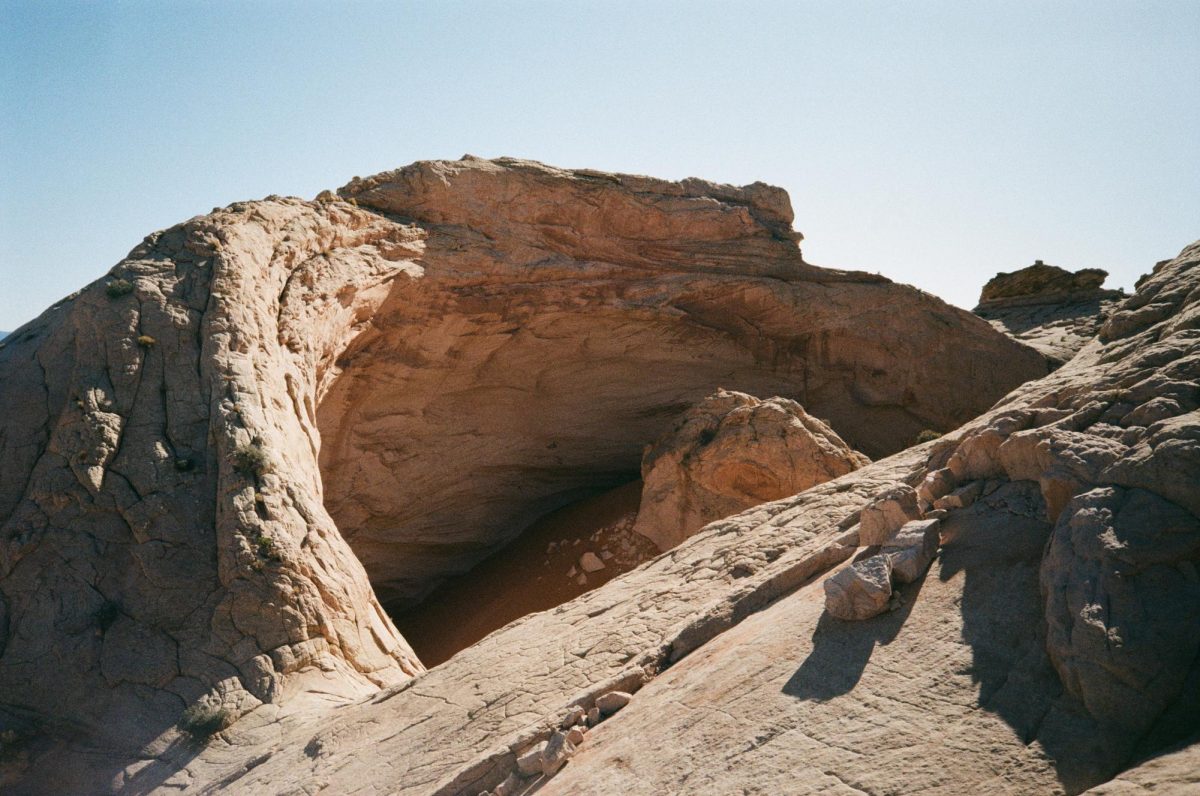
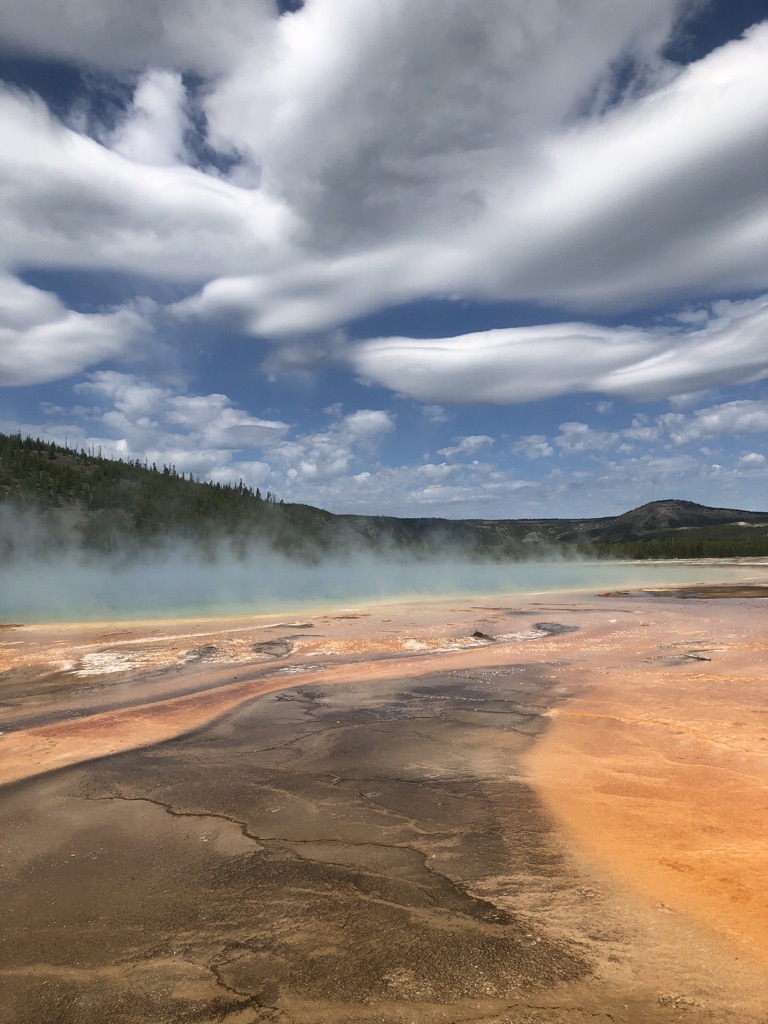
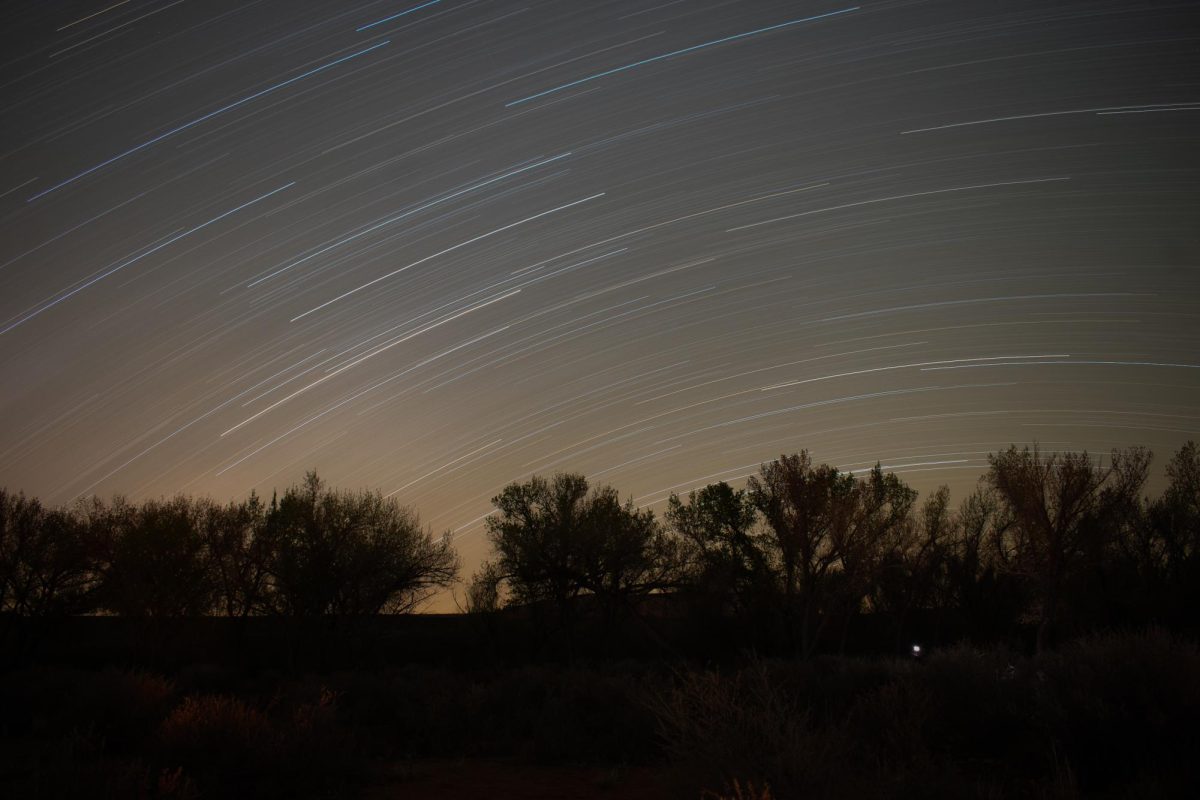
Ken Hazelbaker
Nov 12, 2021 at 2:46 pm
Amazing accomplishment – congrats
Doing it in 1 day unbelievable.
Excellent story, article – thanks.